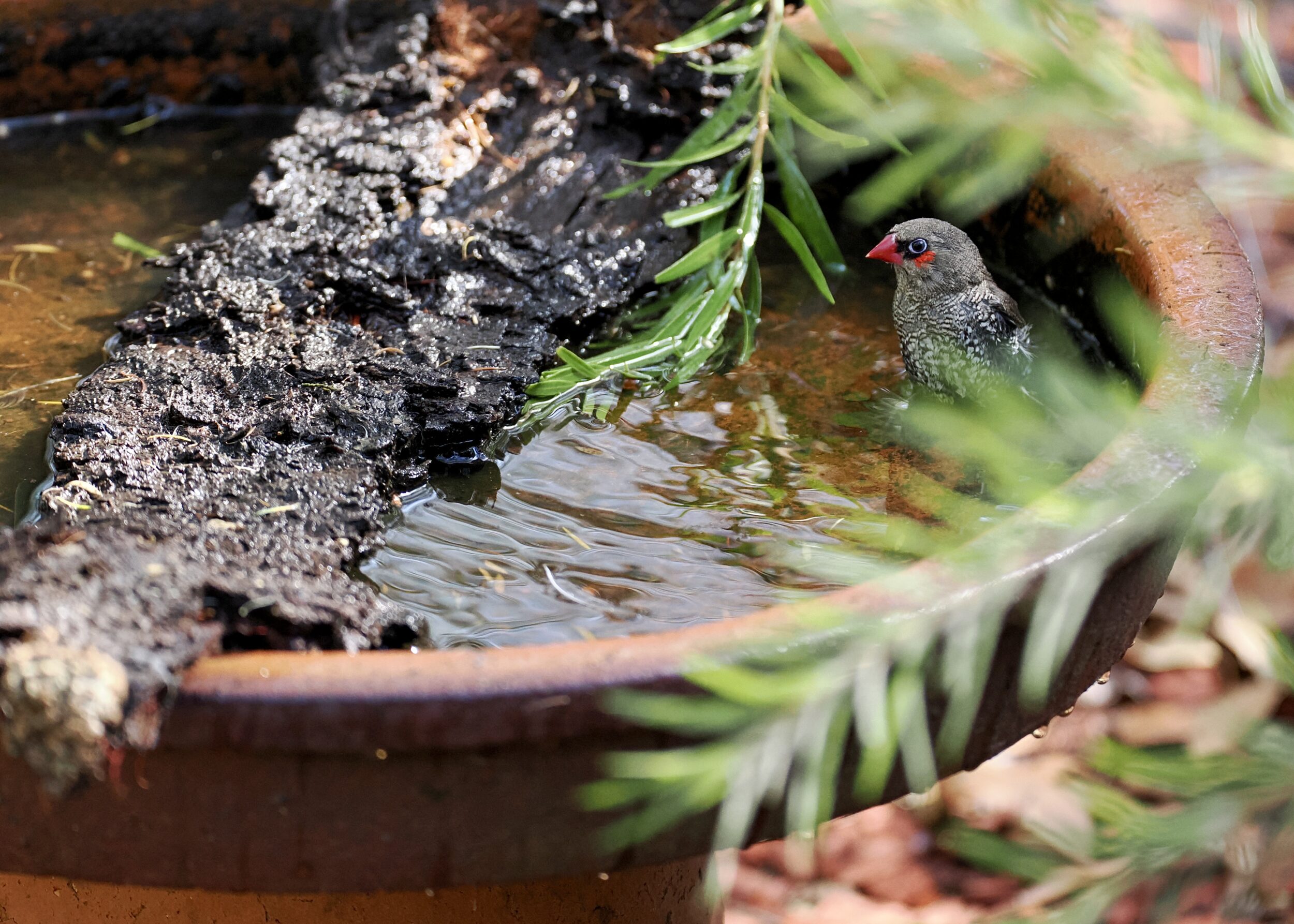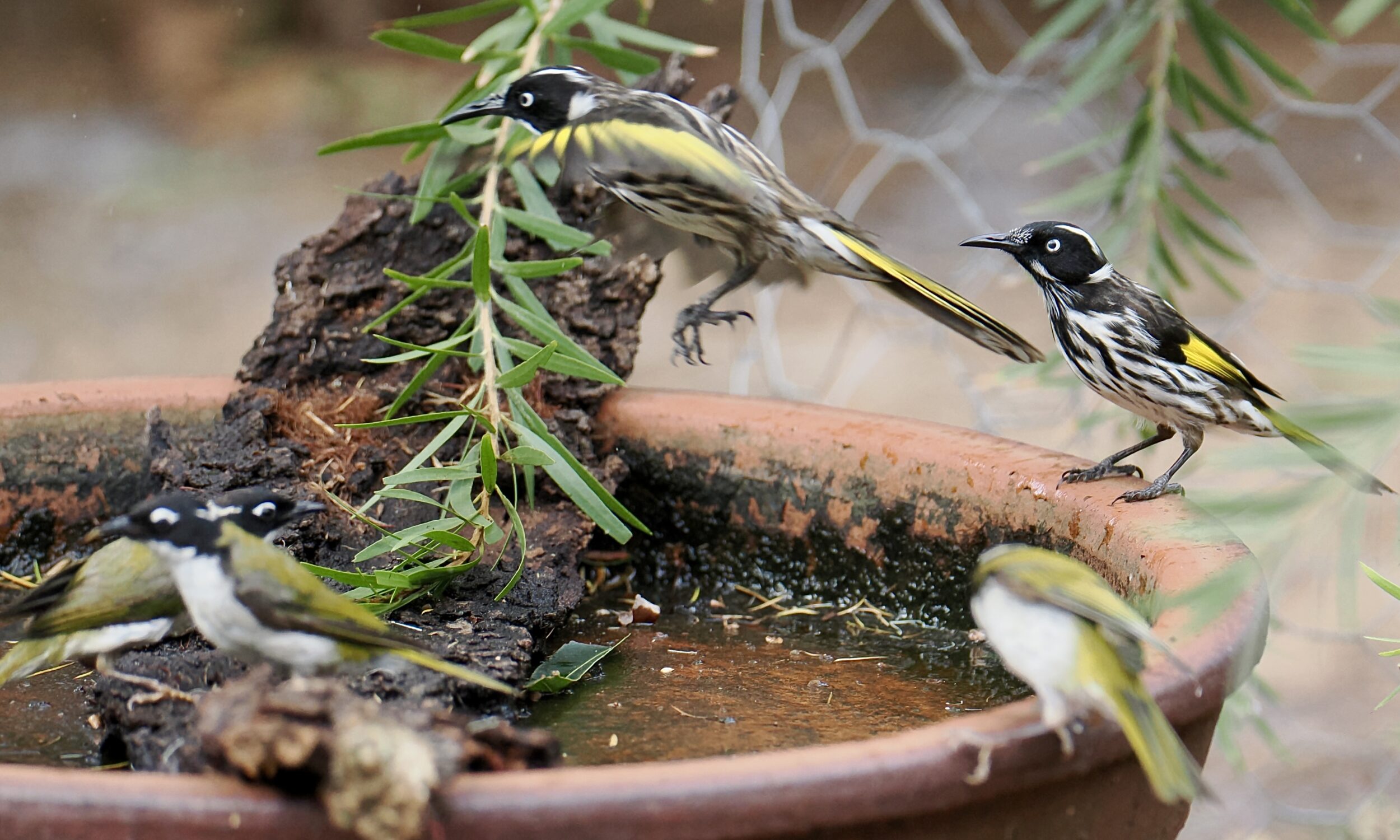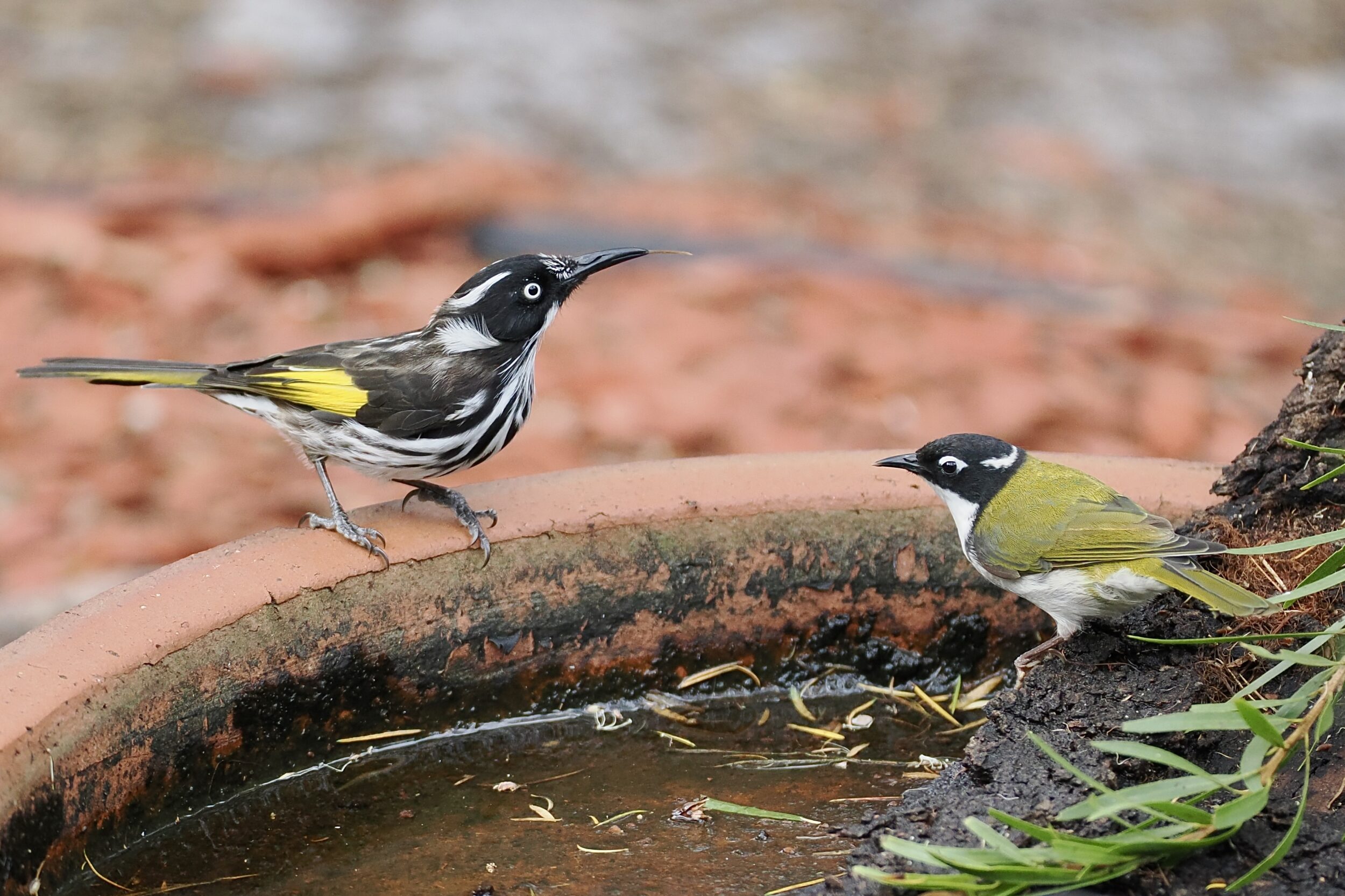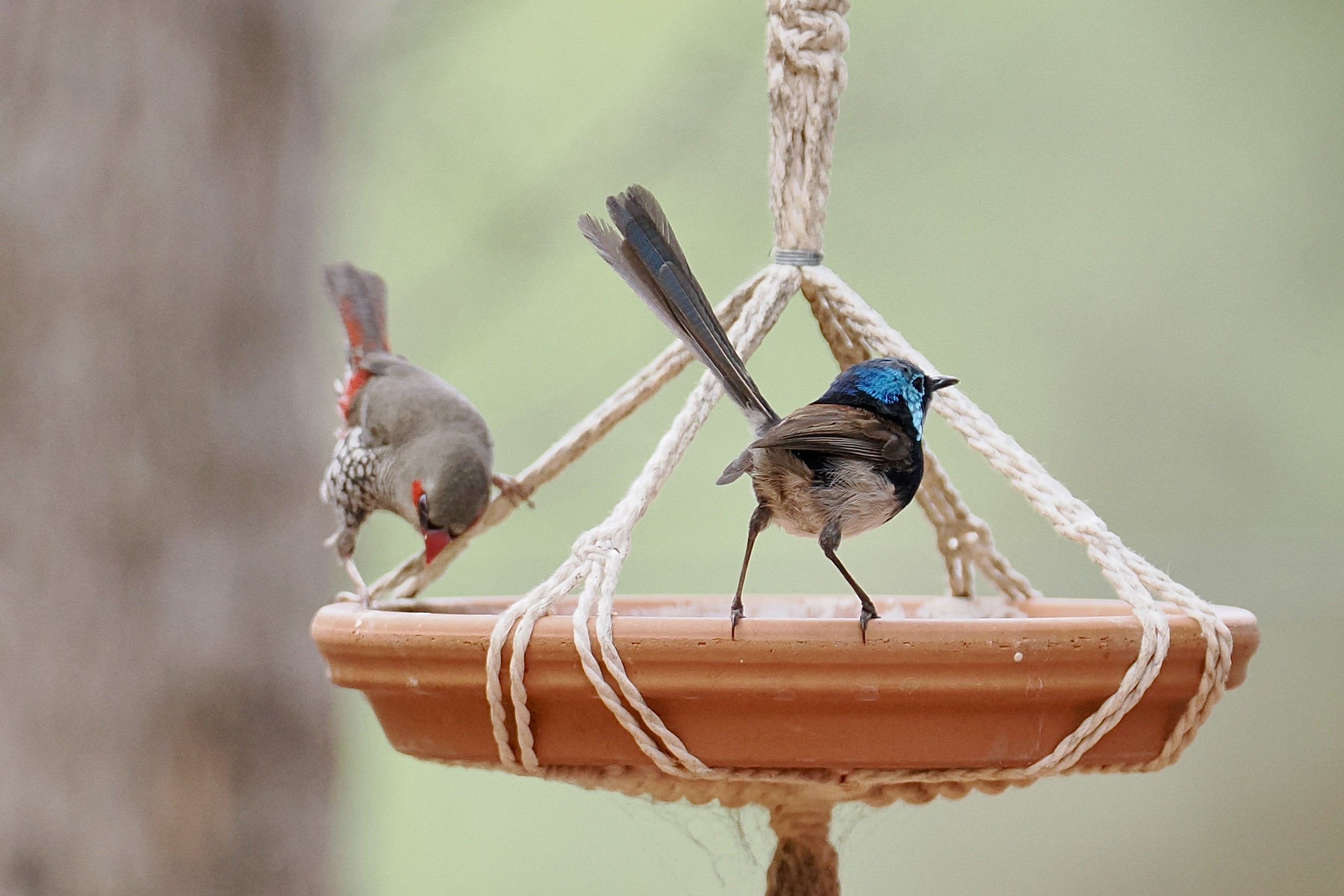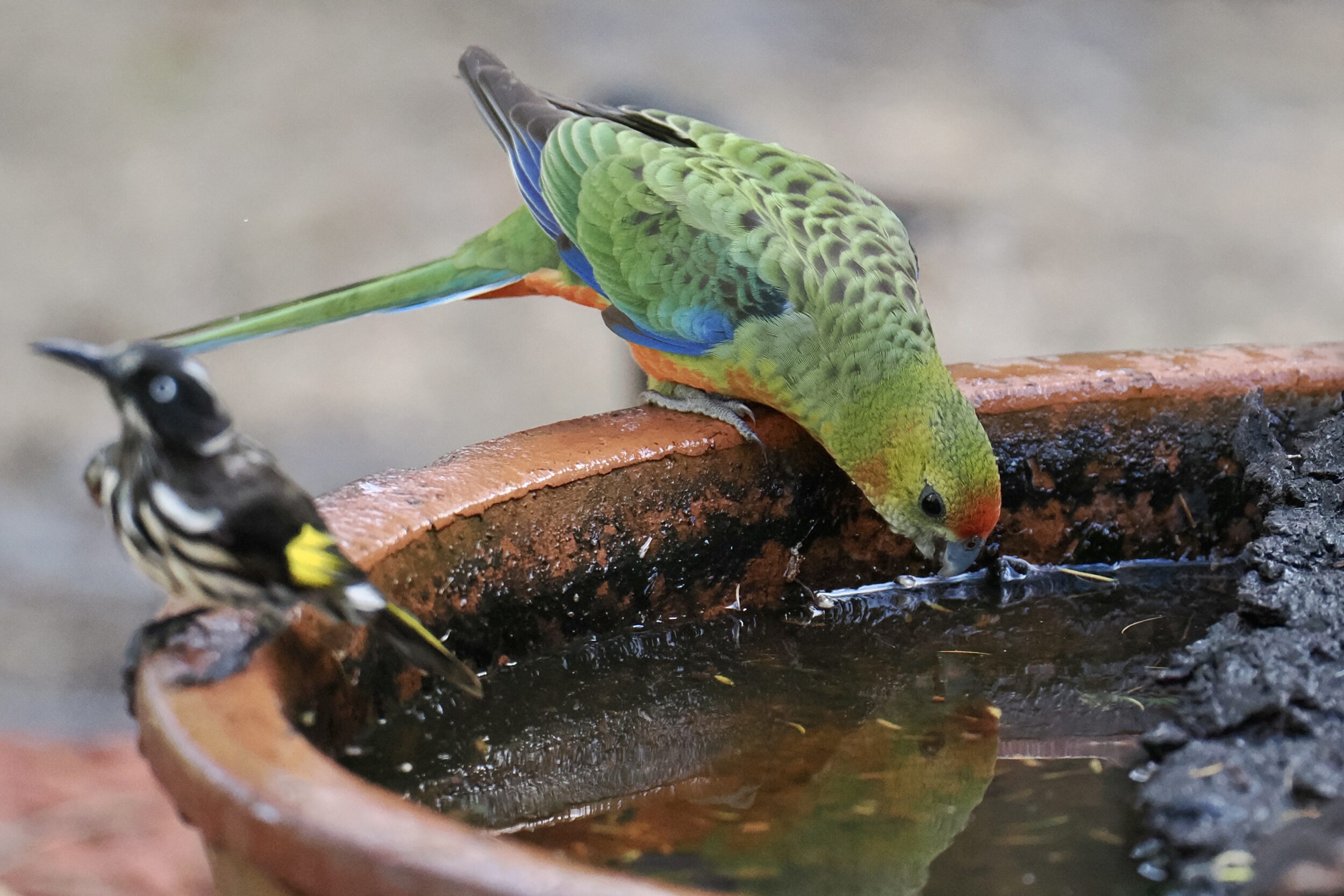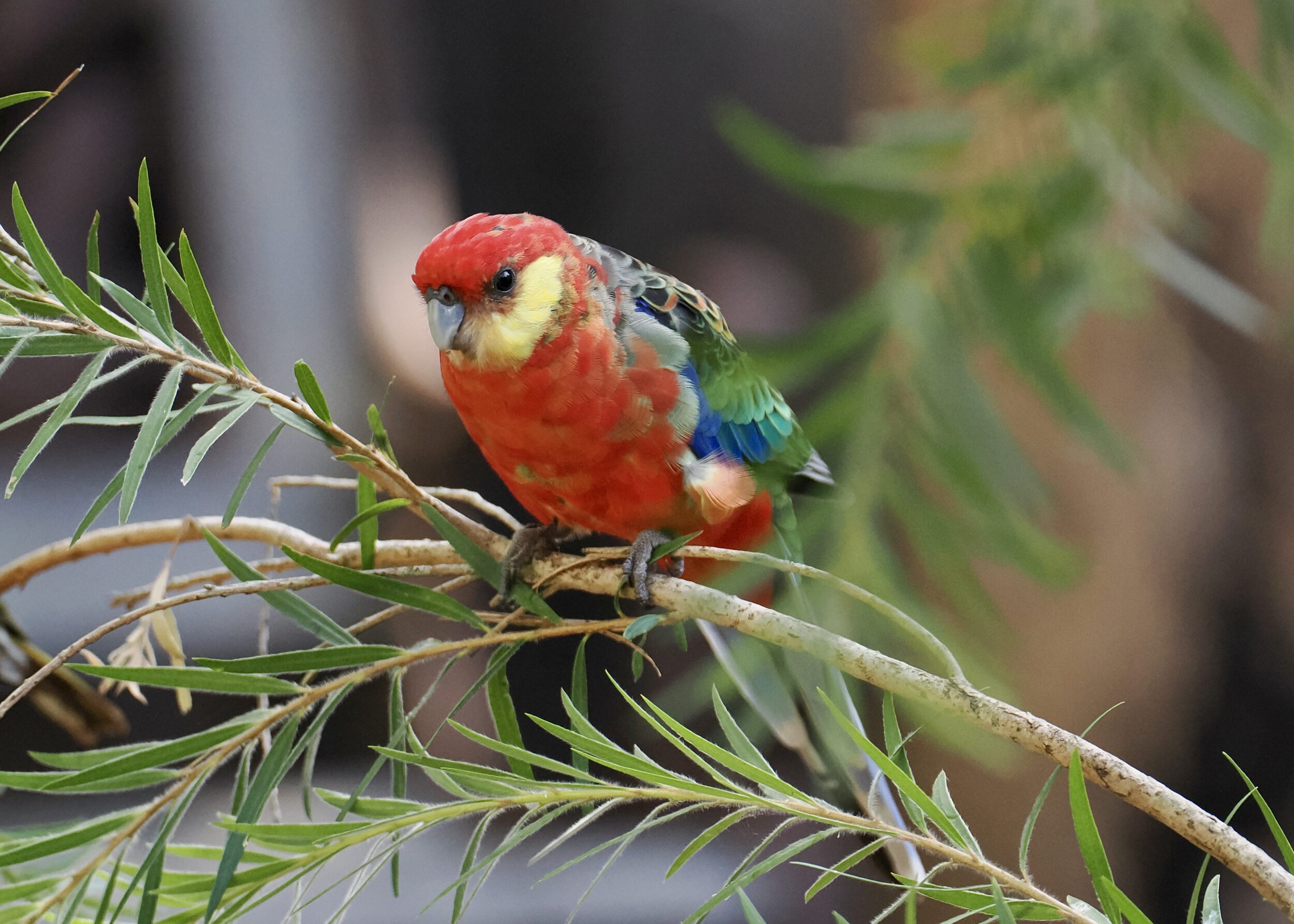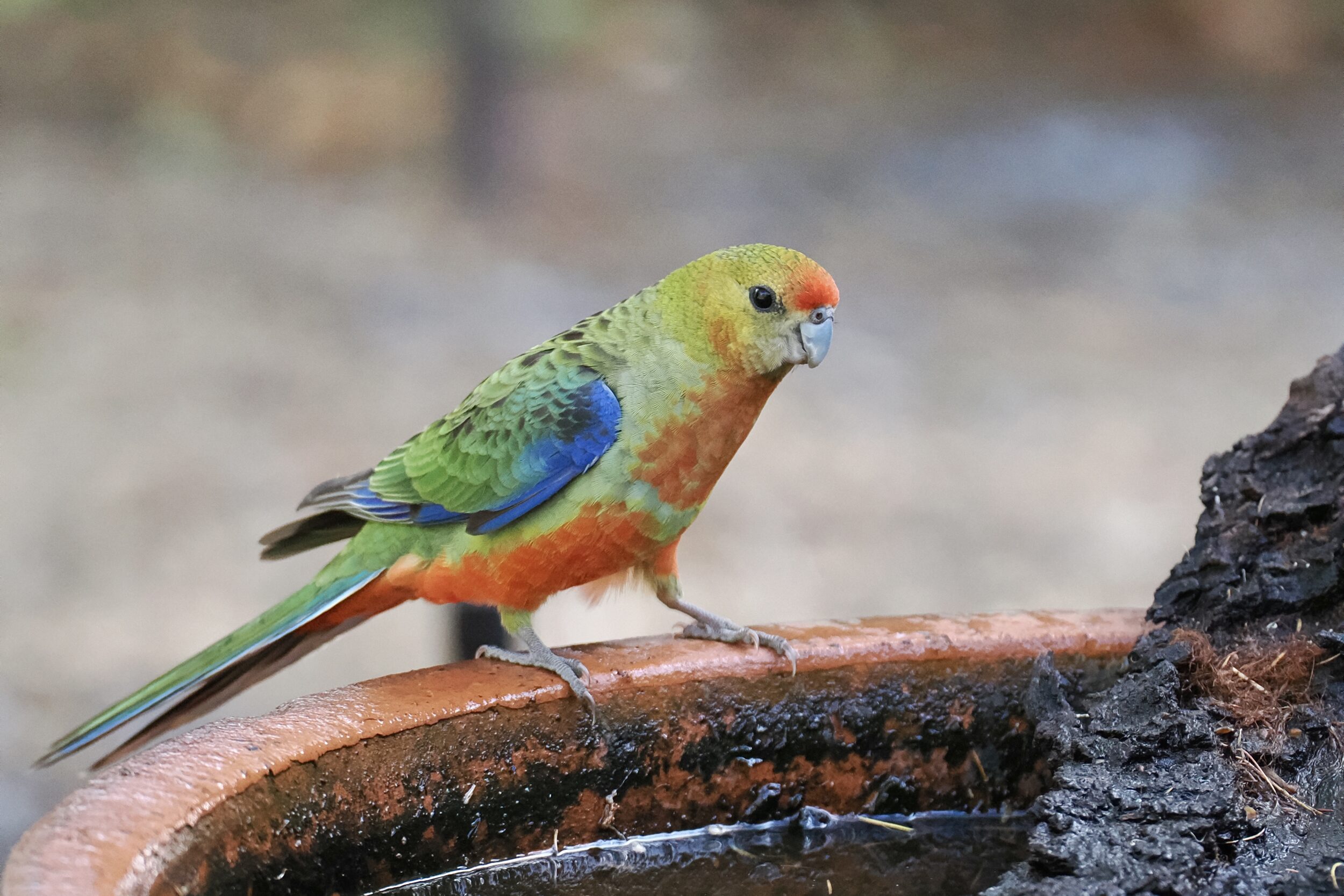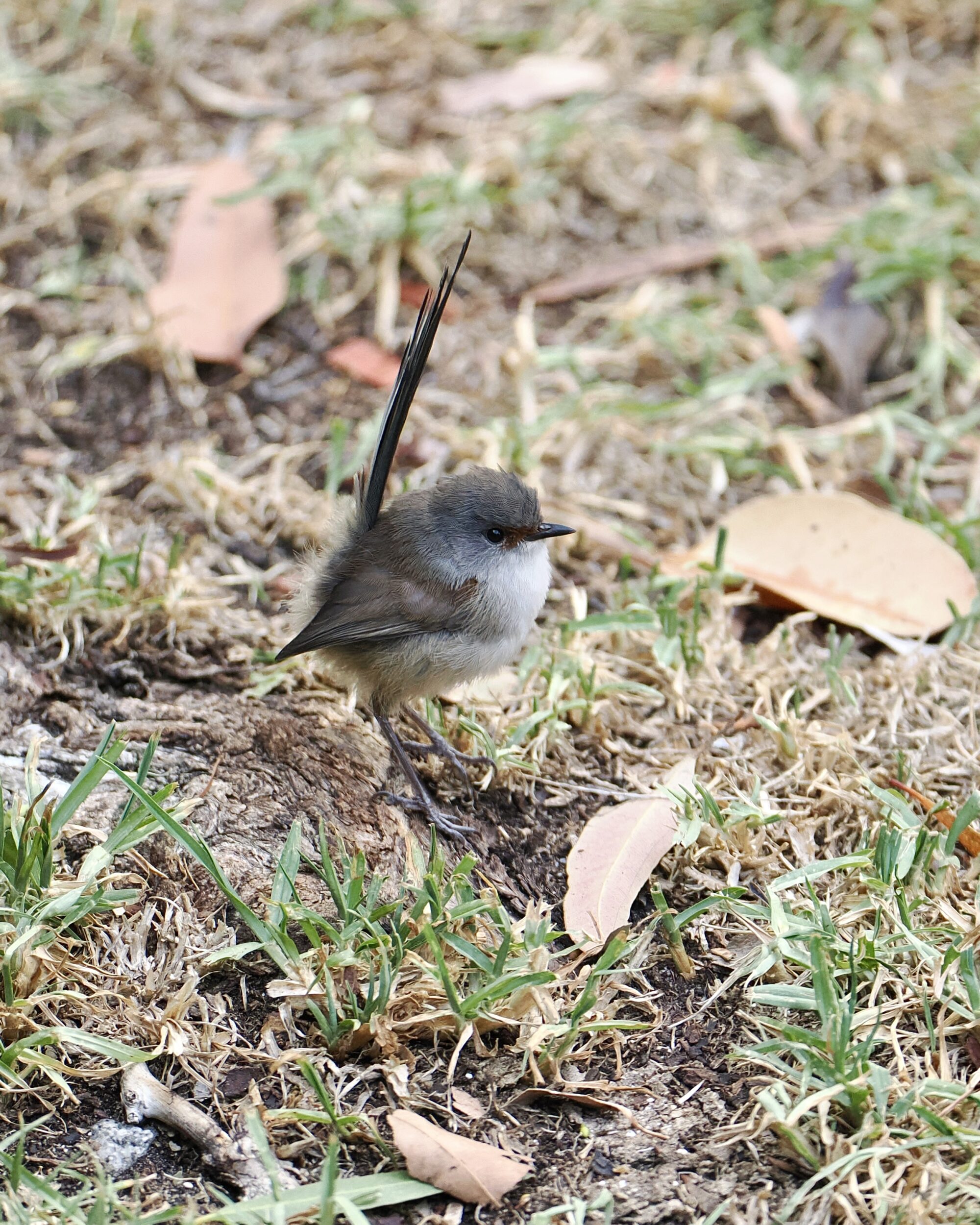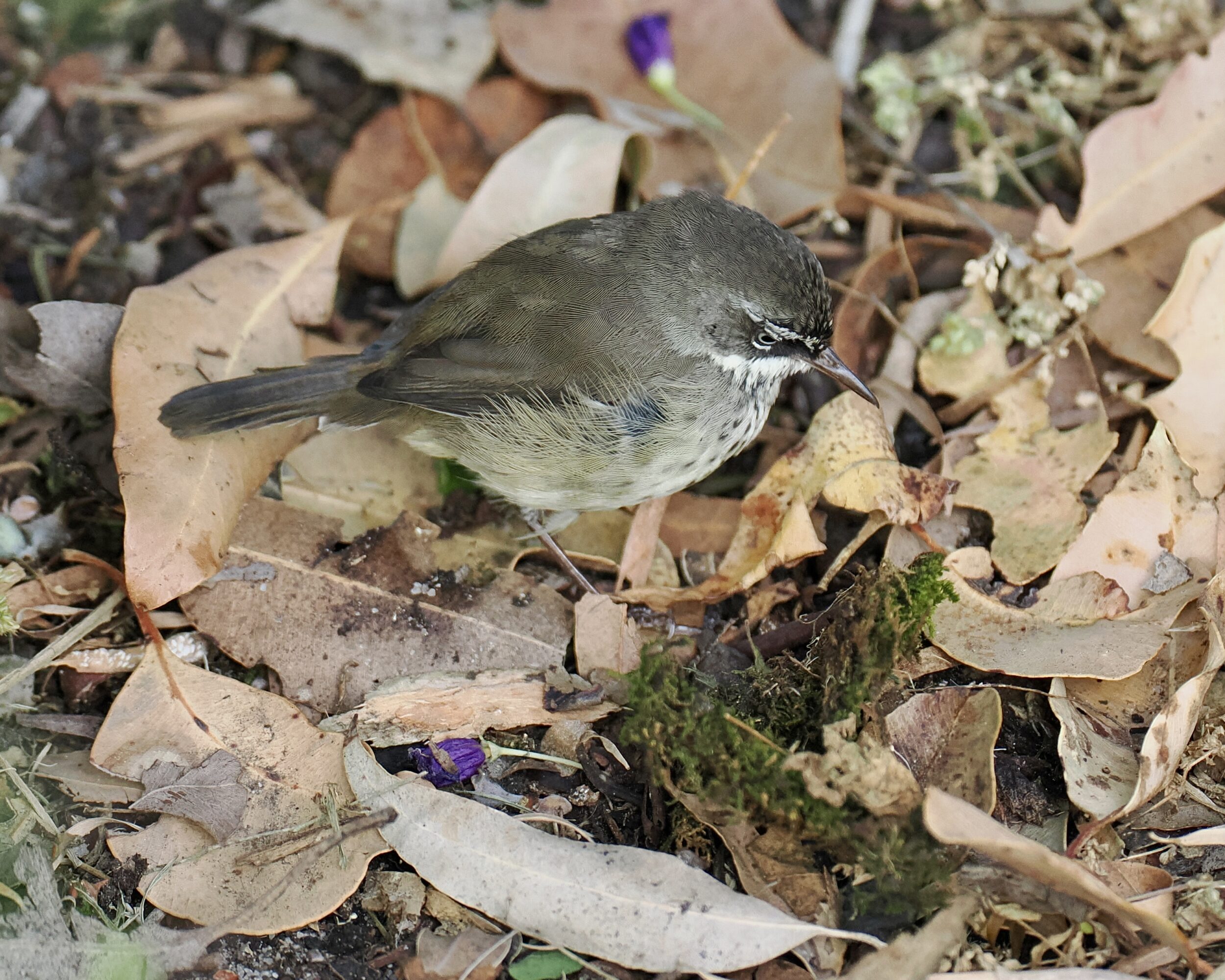The first two hours of daylight at “our” birdbath were sometimes even more frenetic than was the “afternoon rush” depicted in this series’ previous chapter.
After 8.30 am, however, the “morning peak” had passed, and a reclusive, petite bird could bathe, alone, and enjoy at least a semblance of privacy and calm.
Within a not very large radius of where we were staying is all of the pictured species’ habitat
Leave a Comment